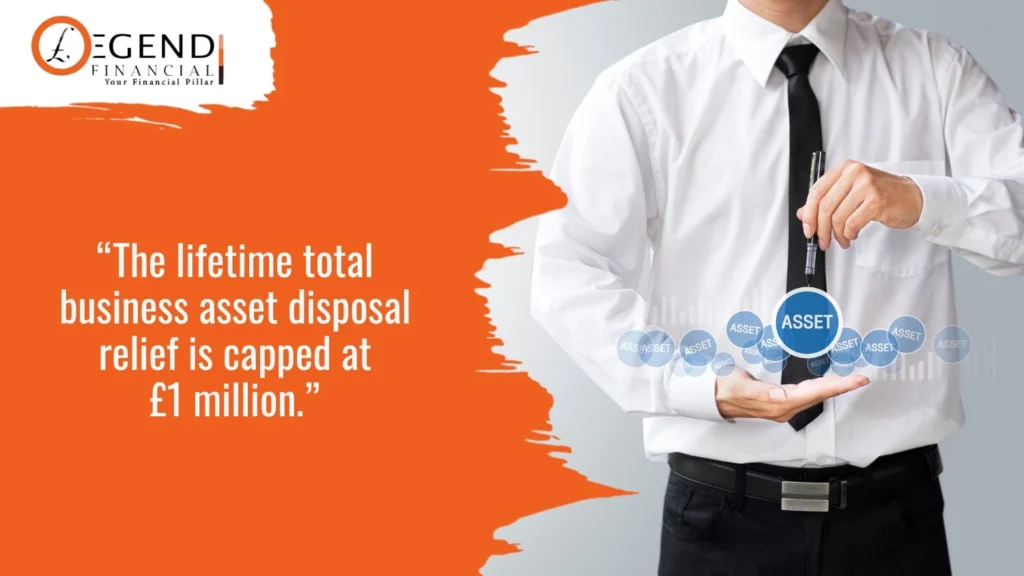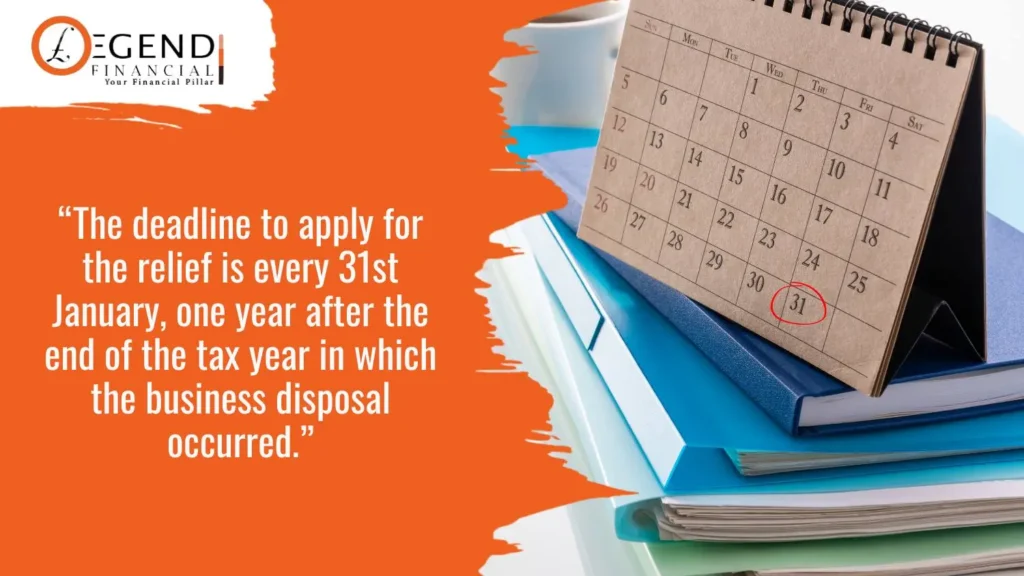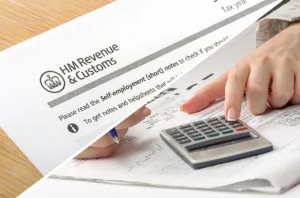Business Asset Disposal Relief (BADR), previously known as Entrepreneurs’ Relief, offers significant capital gains tax relief for business owners when disposing of qualifying assets, especially those that want to retire from or exit the business.
This article outlines what business asset disposal relief is all about, including who is eligible, what counts as qualifying business asset disposal, when and how to claim, and other crucial information.
What Is Business Asset Disposal Relief (BADR)?
Business Asset Disposal Relief is a tax relief that reduces the amount of capital gains tax (CGT) due when disposing of qualifying business assets. CGT is the tax paid on chargeable gains or profits made from selling an asset.
For the current tax year, capital gains tax is at a standard rate of 20% (for investments) in England and Wales. Note that properties have different rates and that taxpayers pay depending on their tax band. For more information, see Capital Gains Tax Calculator on UK Property & Asset Sales.
With this tax relief, individuals instead pay CGT at a reduced rate of 10%. Generally, businesses qualify for this relief when they are a trading entity and have been holding a minimum percentage of shares for at least two years (eligibility criteria discussed further below). This allows substantial tax savings, especially for higher-rate taxpayers.
Business owners planning to exit their businesses should ensure they meet the eligibility to achieve maximum tax savings as much as possible, as the relief is particularly designed to encourage business growth and investment.
There is a lifetime limit of £1 million on qualifying gains, beyond which standard CGT rates apply. This limit does not restrict the number of claims. However, it requires careful planning to avoid exceeding the relief threshold.

Business Asset Disposal Relief & Targeted Anti Avoidance Rule
As the relief is usually claimed upon closing a business, HMRC is also keen at observing whether the individual is compliant with the business asset disposal relief anti avoidance scheme, officially called Targeted Anti Avoidance Rule (TAAR).
When a company owner liquidates the business, extracts capital distributions, and then starts a similar business within two years, the rule may apply. HMRC will investigate whether the liquidation was intended to avoid or reduce income tax.
If TAAR applies, the owner, who would typically pay CGT at 10% (with Business Asset Disposal Relief) or 20% otherwise, will instead be liable for income tax on the distributions at rates up to 39.35%.
Who Is Eligible for Business Asset Disposal Relief?
The relief is available to individuals disposing of business assets, either through the sale of an entire business or shares. It specifically applies to:
- Sole trader
- Partnership
- Personal company
- Joint venture
- Trust
General Business Asset Disposal Relief Conditions
To qualify, claimants must generally meet the following:
- Owning their business or shares (at least 5%) in a company that is actively trading.
- Meeting a minimum two-year ‘qualifying period’ before disposal (e.g., via business ownership, employment, voting rights, office hold like directors, etc.).
The relief does not apply to companies as entities or to the disposal of investment assets, as it is specifically intended for trading businesses.
Specific Business Asset Disposal Relief Conditions
Individuals selling shares or securities can qualify if they are employees or officeholders of the company, which must be a trading company or the holding company of a trading group. For shares acquired through an Enterprise Management Incentive (EMI), the shares must have been purchased after 5 April 2013 and held for at least two years.
Trustees can also qualify under specific conditions, such as being a qualifying beneficiary and an officer or employee of the company. If a company stops trading, individuals can still claim relief if they sell their shares within three years. Those selling assets loaned to their business must meet additional criteria, including a minimum one-year ownership of the assets before disposal.
Specific situations, such as trustee sales or partial disposals, require professional advice to ensure compliance with all the criteria.
What Makes a Qualifying Disposal of Business Assets?
Disposing of a business asset does not always mean selling it. It can also mean:
- Giving it away or swapping it.
- Selling part or all of a business or shares.
- Receiving compensation for a stolen or damaged asset.
The qualifying disposals must involve the entire business, part of the business, or shares. The main categories include:
- material disposal of business assets
- assets used in a business at the time it ceases operations
- and shares or securities in a company
For a sole trade or limited liability partnership, the business must be owned for at least two years before disposal, and the disposal must involve a significant part capable of independent operation. Property businesses generally do not qualify, except for furnished holiday lettings (FHLs), though FHL rules will change after 6 April 2025.
For assets used in a business at the time of cessation, the business must have been owned for two years before cessation, and assets must be sold within three years. For shares or securities, the individual must be an employee or director, hold at least 5% of the ordinary share capital and voting rights, and the company must primarily involve trading activities.
Tax and accounting advisors can help clarify the conditions of qualifying disposal and determine whether one is eligible or not.
When and How to Claim Business Asset Disposal Relief?
Business owners must ensure they meet the qualifying criteria when disposing of all or part of a business or shares so that they can claim relief. To apply, they may either use a self-assessment tax return or complete a section in the Business Asset Disposal Relief helpsheet.

What Are Alternative Schemes to BADR?
The business asset disposal relief only provides relief for capital gains. It does not impact capital allowances, VAT, and income tax relief. Given the £1 million lifetime limit of the relief, other schemes might be more suitable depending on the size and nature of the business asset being disposed of. Alternatives include:
- Investors’ Relief. This provides a 10% capital gains tax rate on gains from qualifying shares in unlisted trading companies, with a lifetime limit of £10 million.
- Seed Enterprise Investment Scheme (SEIS) and Enterprise Investment Scheme (EIS). These schemes offer tax relief to investors in small, high-risk companies.
- Employee Ownership Trusts (EOTs). This relief allows business owners to sell their shares to a trust, providing tax advantages and promoting employee ownership.
These alternatives can provide significant tax benefits, but they must be thoroughly considered beforehand with the help of tax professionals.
Other Frequently Asked Questions
Business assets encompass valuable possessions or resources used by a business for its operations. These can include cash, inventory, equipment, real estate, and intellectual property, and more.
Business Asset Disposal Relief is a tax relief designed to lower the CGT rate on the sale of business assets, particularly when the proceeds from the disposal push individuals into higher tax brackets. The relief applies to the sale of assets from sole trades, partnership interests, and their associated assets.
When accounting for business disposal, one typically removes the asset cost and any accumulated depreciation or impairment losses from the balance sheet. Then, any cash receipts are recognised, along with the resulting gain or loss on the income statement.
Businesses have two main ways to dispose of assets: selling them off or scrapping them. This can happen for different reasons, like when an asset’s upkeep costs become too high or when an organisation upgrades to newer technology.
Disposing of assets can help lower a business’s management expenses. Good asset management practices are crucial for streamlining operations, especially for companies with a lot of equipment, like construction firms.
How Legend Financial Can Help
Business asset disposal relief will be of most help to you when you are a business owner, partner, or sole trader about to cease operations. There is no limit to how many times you claim the relief for as long as you are eligible. You only need to make sure you do not exceed the lifetime relief limit.
Let Legend Financial assess whether you are wholly eligible for this relief and will be fully compliant afterwards. From determining your eligibility and claiming relief to making sure you are HMRC compliant, our chartered accountants are here to help. Reach us today!











